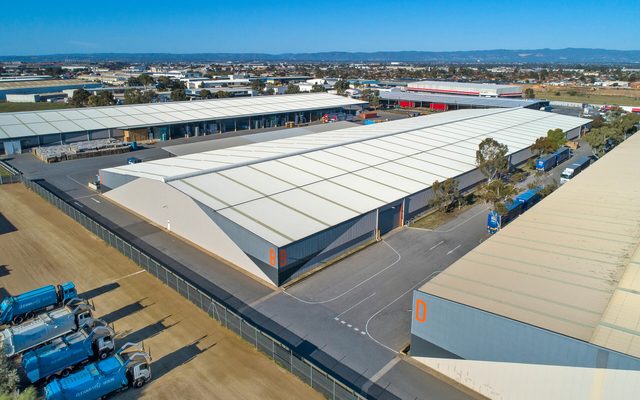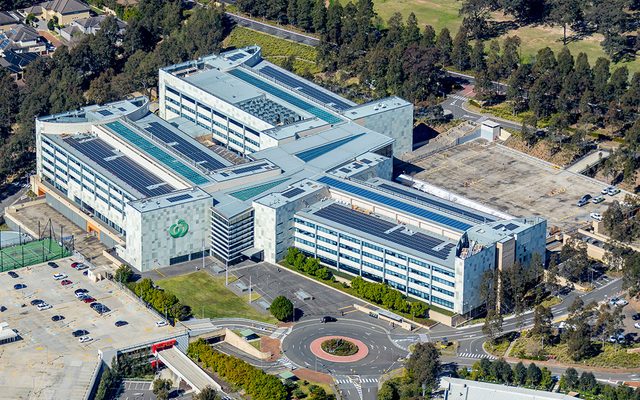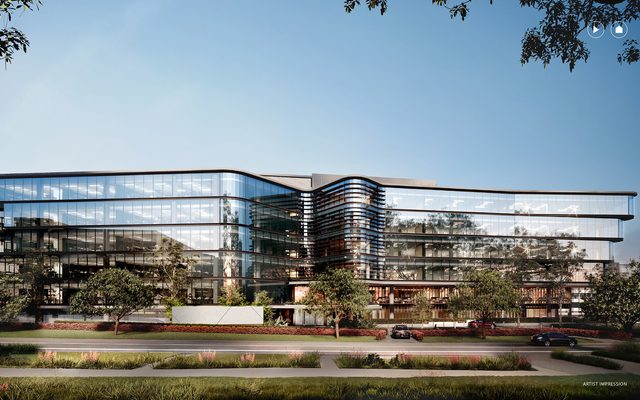This article is from the Australian Property Journal archive
HOUSING market sentiment ended pandemic-ravaged 2020 at a record high, as lower interest rates and government stimulus measures helped the residential sector exceed expectations.
Major lender NAB expects capital city house prices to rise at a “solid clip”, revising its forecast upwards to growth of 8% in 2021 and 6% in 2022, on the belief that the full impact of lower rates still to play out and the outlook improving.
“We expect price growth in the smaller capitals to continue to outpace Sydney and Melbourne, which will likely be impacted most by a slowing in population growth – particularly in the apartment market,” NAB’s chief economist, Alan Oster said.
Net migration from the capital cities hit 11,200 people during the September quarter, the largest number since the Australian Bureau of Statistics began the series in 2001. Sydney lost 7,782 in net terms, and Melbourne 7,445.
NAB expects house price growth at around 10%, slightly stronger than units.
“The housing market has fared significantly better than expected over the past year, despite significant headwinds from slower population growth and a weaker labour market.”
“Lower interest rates and household income support from the federal government have been a key support amidst the challenges of the pandemic.”
CoreLogic has forecast a 10% rise in house prices for 2021, while AMP Capital expects Sydney and Melbourne to see moderate growth of 2% to 3% as Adelaide, Brisbane, Perth, Darwin and regional areas experience approaching 10%.
Index hits a high
NAB’s quarterly residential property index ended 2020 at a survey high +45 points. Sentiment lifted and was positive in all states, although Victoria continued to trail by a large margin after being lockdown for a second time – albeit lifting from -53 to 6 over the three-month period.
Sentiment was highest in the Northern Territory, at 89 (up from 17), followed by Western Australia (79), ACT (71, and which was the only slip over the quarter), South Australia (69), Queensland (66), Tasmania (45), and New South Wales, at 43, although like Victoria the state also jumped by 59 points, from -16.
Confidence levels also returned to levels last seen before COVID, in late 2019, as house price growth expectations lifted sharply across the country. Western Australia leads the category with a high 98 over the coming 12 months and two years respectively. Queensland, the NT, ACT, SA and Tasmania all have readings of 70 down to 60 for the next 12 months, with NSW at 50 and Victoria 22. Most states hold similar confidence levels for two years from now, although Victoria, Tasmania and SA are notably higher.
Survey respondents held highest expectations for WA property price growth, at 5.5% in 2021 and 6.3% in two years. Victoria (1.5% and 2.6%) and NSW (2.9% and 3.8%) had the two lowest results.
First home buyers dominate developments
First home buyers were again the most active participants in new housing markets. Market share lifted to a survey high 39.9% (from 37.1%), and that of first home buyer investors to 10.7% (from 8.8%). For the first time in the survey’s history, total first home buyers accounted for over more than half of new property market sales, lifting to 50.6% from 45.9%.
“We suspect strong first home buyer demand was supported by historically low interest rates and more government support such as the First Home Loan Deposit Scheme and HomeBuilder,” Oster said, adding that the brief pullback in house prices earlier in the year may have also helped sentiment among these buyers.
Despite the low interest rate environment, the market share of investors in the new housing market fell to 12.1%, down from 15.2% and well below the survey average of 19.8%.
In net terms, the number of respondents who said the share of first home buyers owner occupiers would increase outweighed those expecting them to fall (+48%, up from +27). Owner occupiers are expected to play a bigger role in the market over the next year, up to +49 from +11 in net terms.
House approvals reached a record high in December, and owner occupiers underpinned the ongoing growth in home loans that has seen lending for new home construction reach a new benchmark.
In the established housing markets, owner occupiers continue to dominate activity in (net of first home buyers), with their market share steady at 42.7%. More property professionals expect them to increase their presence in the market, as they do first home buyers, which had a steady market share at 38.3%. First home buyers investors rose for the first time in a year, remain below the survey average of 9.9%.
More property professionals also expect the share of local buyers in all established property markets to increase than fall than in the previous survey.
The net number expecting the share of first home buyer owner occupiers to increase rose to +54%, from +38. More property professionals also expect resident owner occupiers (+60% from +43%) and resident investors (+51% from +15%) to be more active in the market, as rental growth expectations began to lift.
All states are expected to see rent growth in soft renal mark the next 12 months, led by WA with 7.5% and NT with 4.0% – except Victoria, but the outlook improved from -3.0% to -0.9%.
The net number expecting the share of foreign buyers in the established market to decrease continues to out-weigh those expecting them to rise (-12% vs. -38% in Q3).




